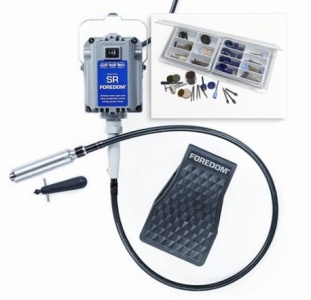 Finally, the size of your gem is also very important when you are evaluating it. Big crystals are rare, therefore, expensive. No woman will stay indifferent when imagines a big diamond in her wedding ring. Also, normally very pale stones (such as aquamarine) get more pronounced and deep colour when they are bigger. This is why the price per carat is higher for the bigger gems.
Finally, the size of your gem is also very important when you are evaluating it. Big crystals are rare, therefore, expensive. No woman will stay indifferent when imagines a big diamond in her wedding ring. Also, normally very pale stones (such as aquamarine) get more pronounced and deep colour when they are bigger. This is why the price per carat is higher for the bigger gems. However, there are exceptions from this "size rule". If a precious stone has a very dark color, then the bigger it is, the darker the color is. For example, a dark-green tourmaline or a dark-blue sapphire will appear almost black. Therefore, the price per carat for such stones is not going to be great.
It is very important that the colured stones have a cut, that is the best for their size, so the colour is shown the best.
I hope, that this article helped you to look at your favourite gem from a new point of view. Use this knowledge (if it is new for you) to wisely choose a piece of jewellery with a stone for your dear people and friends.
Maria Roudakova
A jeweller from Switzerland
































